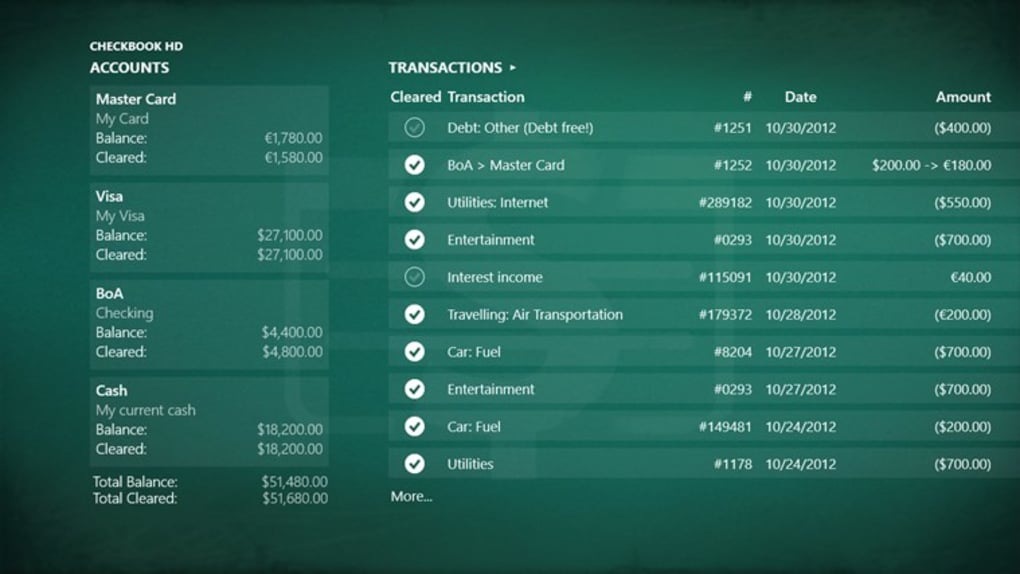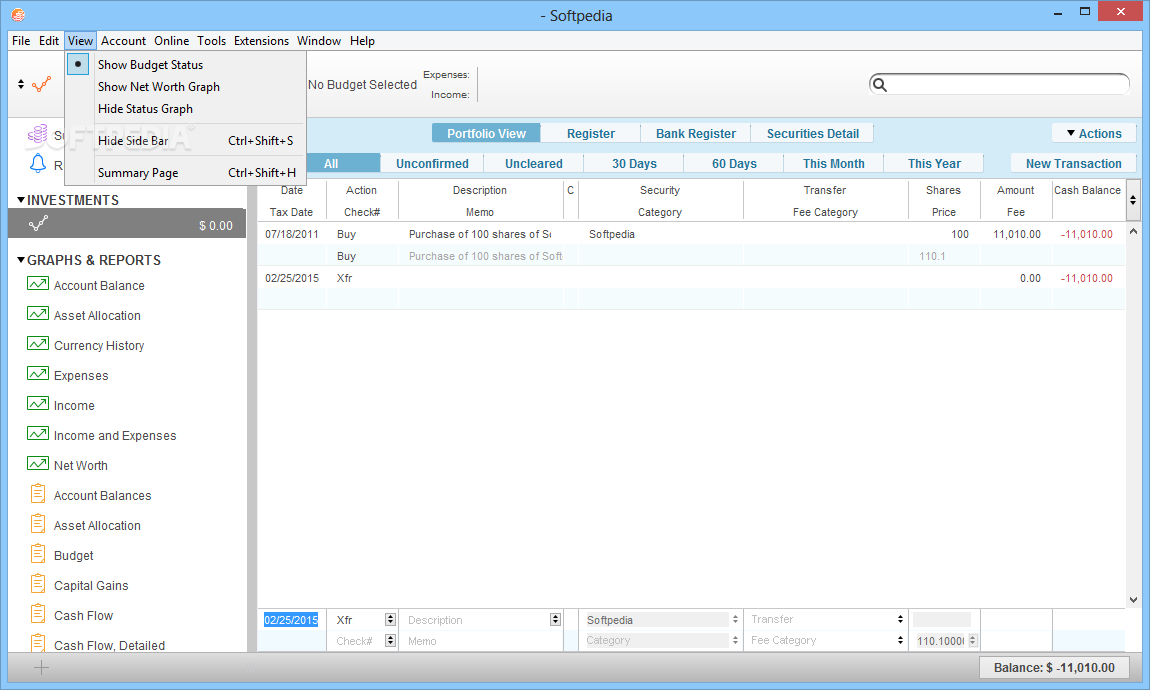

Upon my first attempt at importing a QIF file, I found that Moneydance duplicated some of my prior transactions from Quicken. If you import a QIF file from Quicken and save your data, it takes the Moneydance format. When you create a new file, Moneydance uses its own format, with the extension of. The first time you run the program, you’re presented with three options: you can create a new file to record all your transactions in, open an existing file, or import a file in QIF, OFX, or OFC format. The Java-less installation checks to make sure you have Java installed before going through with the installation, and if not will automatically download Java for you. moneydance_linux_x86wj.sh if you downloaded the version bundled with Java. moneydance_linux_x86.sh if you already have Java installed, and. To install Moneydance in Linux, open a terminal window, navigate to the directory where you downloaded Moneydance, and run. If you want to unlock the software’s full potential, you’ll need to purchase it for $30. The Linux downloads come in two versions: with or without Java prepackaged. You can download a free trial version of the software that’s limited to 100 transactions, with some of the features disabled. It offers all the basic features most users need, such as checkbook balancing, basic exchange rates, and easy importing from Quicken, while also offering some more interesting and useful tools to judge the state of your finances, such as graphs that can indicate your net worth over a period of time, and easy reminder setups to make sure you’re almost always in control.

CHECKBOOK MONEYDANCE WINDOWS 10 MAC OS
Moneydance isn’t free, but it does run on Windows, Mac OS X, Linux, Unix, and Solaris, due to it being coded in Java. One good alternative that runs on multiple operating systems and manages finances with ease is Moneydance. Linux users have a multitude of choices for personal finance applications, including GnuCash, KMyMoney, Kapital, and others, not to mention being able to run Quicken under WINE.


 0 kommentar(er)
0 kommentar(er)
